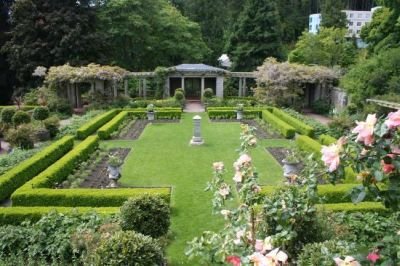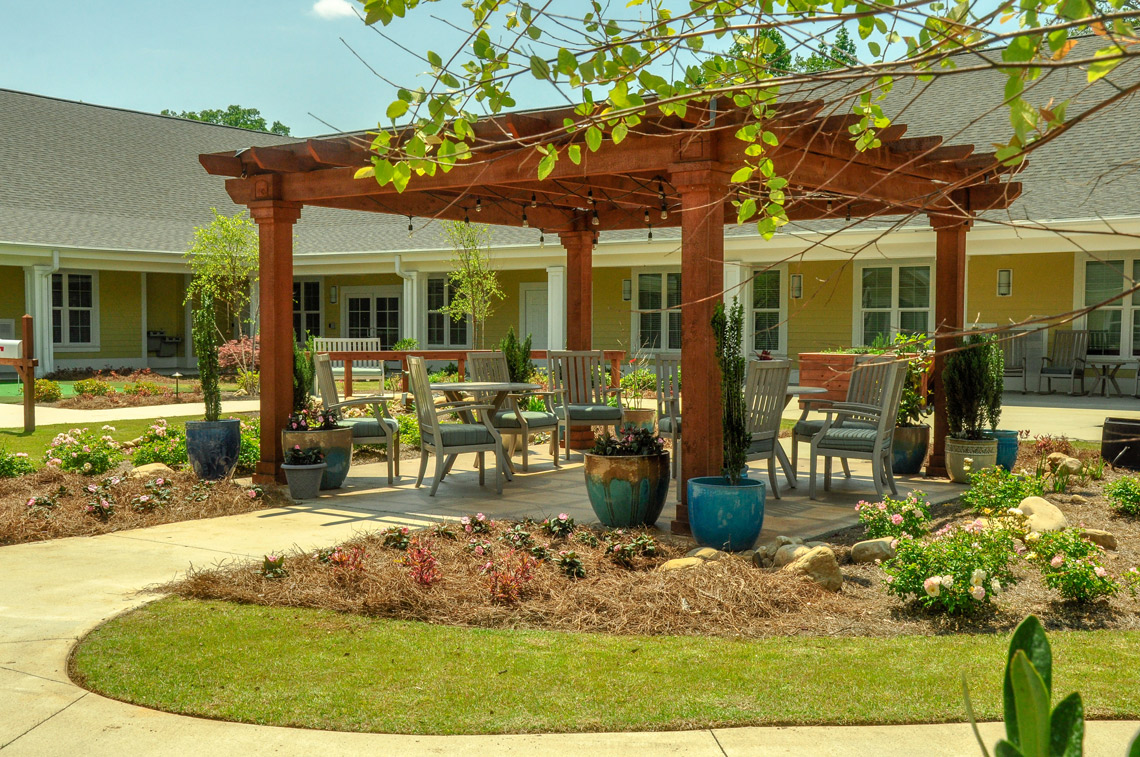Getting My Hilton Head Landscapes To Work
Getting My Hilton Head Landscapes To Work
Blog Article
The 15-Second Trick For Hilton Head Landscapes
Table of ContentsHilton Head Landscapes - QuestionsThe Definitive Guide to Hilton Head LandscapesGetting The Hilton Head Landscapes To WorkWhat Does Hilton Head Landscapes Do?Indicators on Hilton Head Landscapes You Should KnowThe smart Trick of Hilton Head Landscapes That Nobody is DiscussingThe Basic Principles Of Hilton Head Landscapes The Definitive Guide to Hilton Head Landscapes
Type compatibility is likewise a significant part of unity in designone or more noticeably various types are good for comparison and focus, however usually all other forms should have some resemblances for a linked look. Texture refers to just how rugged or fine the surface area of the plant or hardscape product feels and/or looks.
Instances of plants with rugged appearance consist of philodendrons, agaves, bromeliads, hollies, palms, and hydrangeas. Qualities that create great appearance include small foliage; slim, strappy leaves (turfs) or high, thin stems; small, thick twigs and small branches; long stems (creeping plants); and small, delicate blossoms.
A Biased View of Hilton Head Landscapes
Most plants are moderate texture, because they can not be called having either coarse or fine appearance. They are defined by medium-sized fallen leaves with basic forms and smooth sides. The average-sized branches are not largely spaced neither extensively spaced, and the total kind is generally rounded or mounding. Medium-textured plants serve as a background to link and merge the rugged- and fine-textured plants.

To make an area feel smaller, put the coarse textures along the external border and the great structures closest to the visitor. The information of the coarse texture makes the plants appear closer and makes the space really feel smaller sized. The viewed appearance of plants can also alter with the range from the plant.
Rumored Buzz on Hilton Head Landscapes
Vibrant colors raise the contrast and make the texture appear coarser, while low-key shades can flatten texture. Hardscape with a rugged texturesuch as very harsh rocks and bold, big timberstends to make all plant material show up much more average distinctive. Designers commonly develop an appearance research study (Number 8) on paper to aid make a decision the arrangement of plant products.
Figure 8. Appearance research study. Shade in plant material and hardscape includes rate of interest and range to the landscape. Color is the most obvious aspect in the landscape and is normally the emphasis of many property owners; nevertheless, it is likewise one of the most temporary component, normally lasting just a couple of weeks a year for individual plants.
The 4-Minute Rule for Hilton Head Landscapes
A basic summary of the color wheel includes the 3 key shades of red, blue, and yellow; the three additional shades (a mix of two primaries) of green, orange, and violet; and six tertiary colors (a mix of one adjacent key and second color), such as red-orange. Color concept describes the partnership of colors per other and exactly how they need to be used in a make-up.

Comparable (in some cases called harmonious) color pattern are any type of 3 to five colors that are surrounding on the shade wheel, such as red, red-orange, orange, yellow-orange, and yellow, or blue, blue-violet, and violet (landscapers in bluffton sc). The shades belong to each other since they normally consist of 2 main colors mixed to form a secondary and 2 tertiary colors, which means they share usual residential properties
They often tend to have high comparison between them. One of the most typical sets are violet and yellow, red and environment-friendly, and blue and orange. Complementary shades are often found normally in blossoms; a common pair is yellow and violet. Shade is discovered in the blossoms, foliage, bark, and fruit of plants.
An Unbiased View of Hilton Head Landscapes
Green foliage in all its different shades is the leading shade by quantity, yet other shades capture interest more easily because of their high comparison to the shade environment-friendly. Shade is likewise located in structures, rocks, pavers, timber, and furniture. Many colors in natural products, such as rock and timber, are generally low-key and tend to be variations of brown, tan, and light yellow.
Shades have properties that can influence feelings, spatial assumption, light high quality, balance, and emphasis. Amazing colors often tend to be relaxing and must be utilized in locations for leisure and calmness.
Facts About Hilton Head Landscapes Uncovered
Amazing colors tend to recede and are viewed as being further away, making a space really feel larger. Shade can likewise be utilized to catch interest and direct views.
Intense yellow, which has the highest intensity, likewise has a high comparison with all various other colors (usually defined as a "pop" of color) and need to be utilized sparingly. A small amount of extreme color has as much visual weight as a large quantity of a more subdued or weaker color.
Similar (occasionally called unified) shade systems are any type of 3 to 5 colors that are surrounding on the shade wheel, such as red, red-orange, orange, yellow-orange, and yellow, or blue, Read Full Report blue-violet, and violet. The colors relate to every various other because they usually include two key colors blended to form an additional and 2 tertiary colors, which means they share typical buildings.
Fascination About Hilton Head Landscapes
They tend to have high contrast in between them. The most typical collections are violet and yellow, red and environment-friendly, and blue and orange. Corresponding colors are usually discovered naturally in flowers; a common set is yellow and violet. Shade is discovered in the blossoms, foliage, bark, and fruit of plants.
Environment-friendly foliage in all its various tones is the leading color by amount, but various other shades catch interest quicker due to their high comparison to the shade environment-friendly - bluffton landscaping - https://www.anyflip.com/homepage/laavm#About. Shade is additionally found in buildings, rocks, pavers, wood, and furniture. A lot of colors in natural products, such as rock and wood, are typically soft and tend to be variants of brown, tan, and light yellow
The Ultimate Guide To Hilton Head Landscapes
Colors have properties that can influence emotions, spatial assumption, light top quality, equilibrium, and emphasis. Awesome colors often tend to be calming and should be utilized in areas for leisure and calmness.
The "temperature level" of shades can also impact the understanding of range. Amazing shades have a tendency to decline and are viewed as being farther away, making a room really feel bigger. Warm colors tend to breakthrough and are perceived as being better, making a space feel smaller. Color can likewise be utilized to capture attention and straight sights.
For example, intense yellow, which has the greatest intensity, likewise has a high contrast with all various other colors (usually referred to as a "pop" of color) and need to be conserved. A little amount of extreme color has as much aesthetic weight as a big amount of a much more controlled or weaker shade.
Report this page